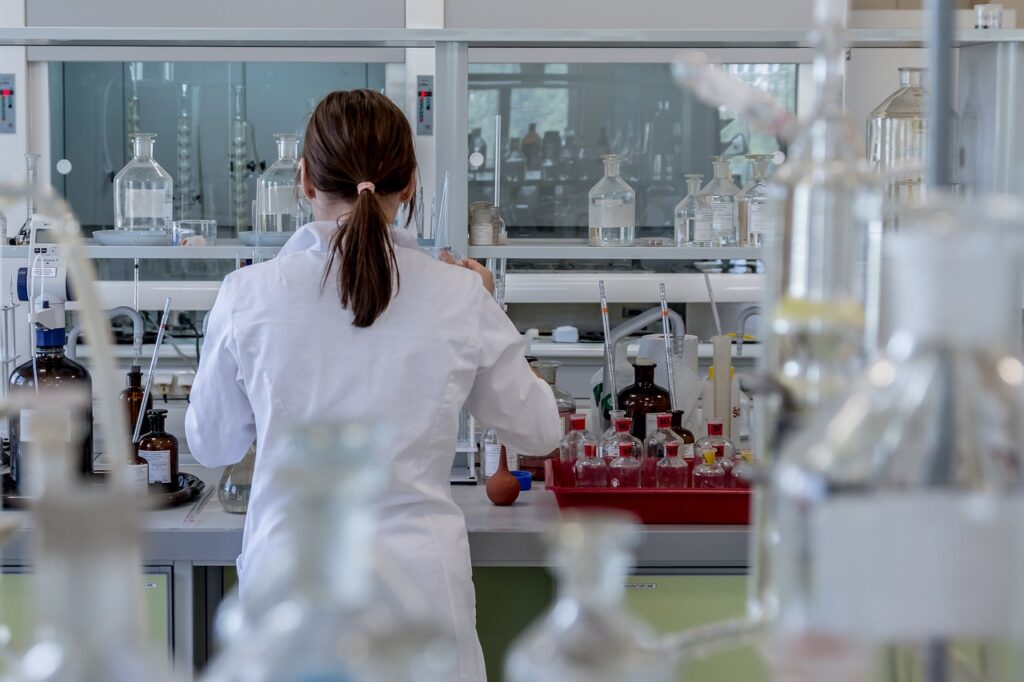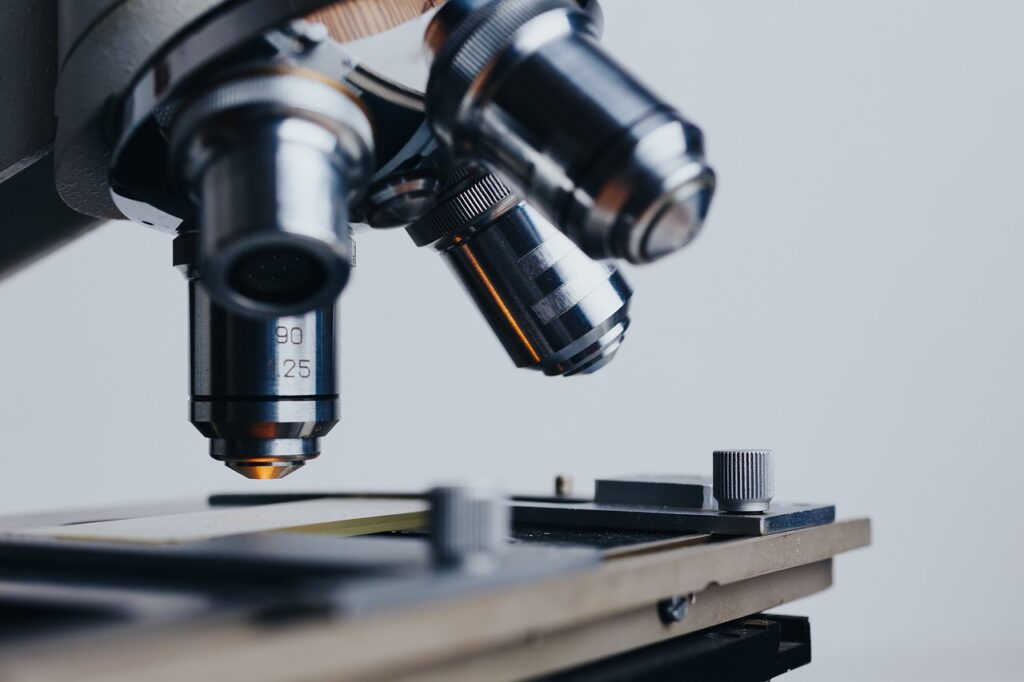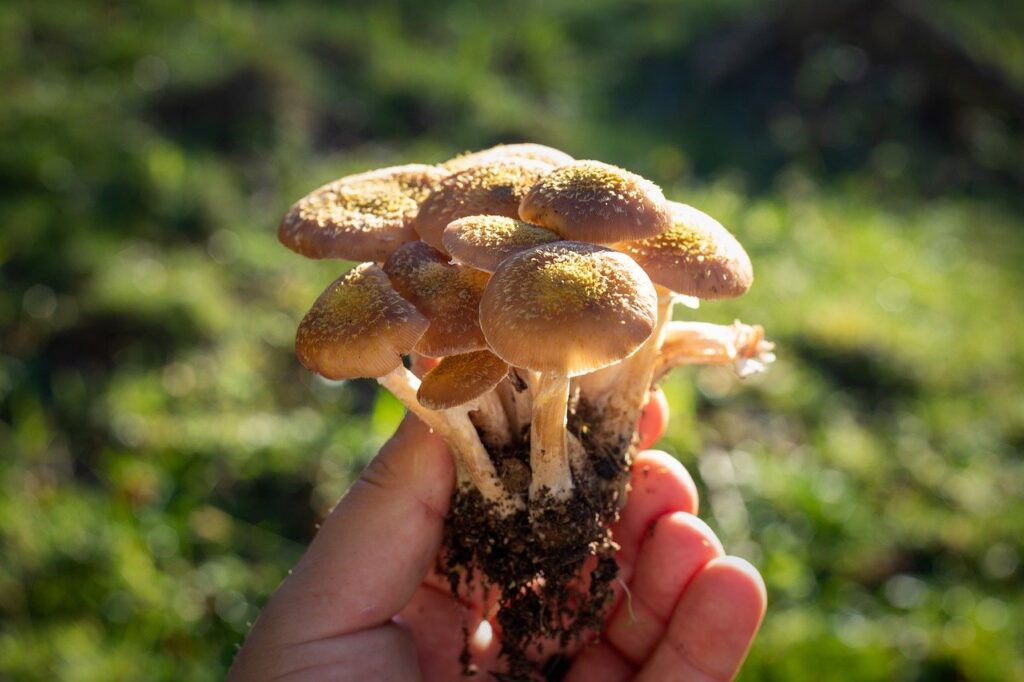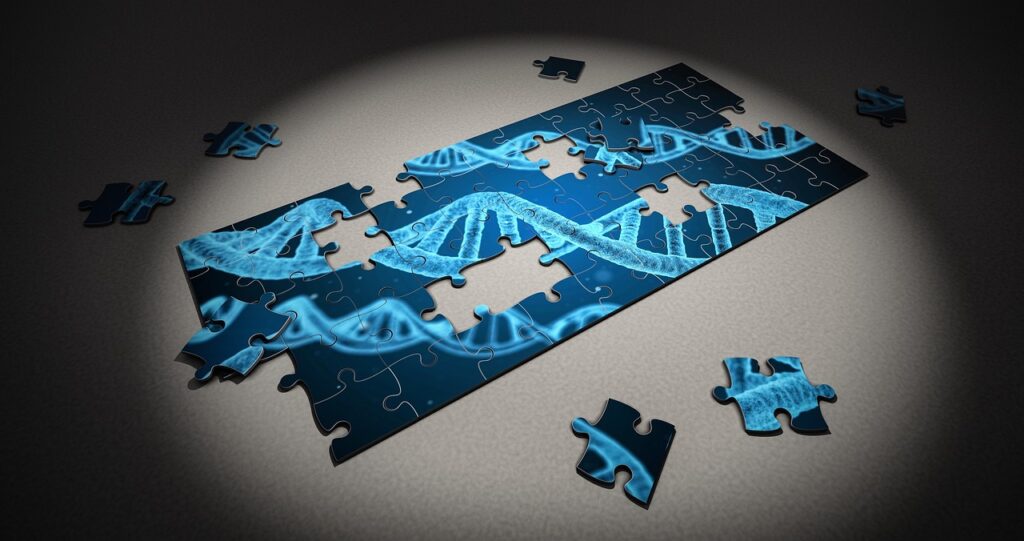Unveiling the Secrets Within: Understanding Mushroom Spore Genetics
Mushroom spores, those seemingly insignificant specks scattered by fungi, hold within them the intricate code of life, shaping the destiny of the fungal kingdom. Delving into the realm of mushroom spore genetics reveals a world teeming with possibilities, where each spore encapsulates a universe of diversity and adaptation. In this exploration, we embark on a journey to unravel the mysteries of mushroom spore genetics, peering into the mechanisms that govern the evolution and cultivation of fungi.
The Basics of Mushroom Spores: Deciphering Nature’s Code: The Role of Mushroom Spores in Fungal Reproduction
Before we venture into the depths of genetics, let us first lay the groundwork by understanding the fundamentals of mushroom spores. These microscopic entities serve as the reproductive cells of fungi, dispersed from the fruiting bodies of mushrooms into the surrounding environment. Once conditions align favorably, spores germinate, initiating the formation of new fungal colonies.
Mushroom spores possess remarkable adaptability, allowing fungi to colonize a diverse range of habitats, from lush forests to barren deserts. This resilience is a testament to the efficiency of spore dispersal mechanisms, which ensure the survival and proliferation of fungal populations.
Genetic Diversity in Mushroom Spores: Unraveling Nature’s Tapestry: Exploring the Genetic Landscape of Mushroom Spores
Among the myriad wonders of the natural world, few are as captivating as the genetic diversity harbored within mushroom spores. Unlike seeds in plants, which contain embryos, mushroom spores carry unique combinations of genetic material, each a testament to the evolutionary journey of its parent fungi. This diversity is not merely a product of chance but is intricately shaped by factors such as mating types, environmental influences, and the occasional twist of genetic fate.
The genetic makeup of mushroom spores is governed by a complex interplay of variables. Fungi possess different mating types, determining their compatibility for sexual reproduction. When compatible mating types unite, they produce spores with a blend of genetic traits inherited from both parents. Moreover, environmental conditions exert a significant influence on spore genetics, driving adaptations that enhance survival in diverse habitats.

Understanding the genetic diversity of mushroom spores is paramount for both natural ecosystems and cultivated mushroom production. In the wild, it ensures the resilience of fungal communities, enabling them to thrive in ever-changing environments. In cultivation, breeders leverage this diversity to select spores with desired traits, such as rapid growth or resistance to pathogens, enhancing the quality and yield of cultivated mushrooms.
Applications of Mushroom Spore Genetics: Harnessing Nature’s Potential: Practical Implications of Mushroom Spore Genetics
The study of mushroom spore genetics extends far beyond academic curiosity, finding practical applications in agriculture, medicine, and biotechnology. In agriculture, an understanding of spore genetics empowers breeders to develop new cultivars with enhanced traits, from improved yields to superior flavor profiles.

In medicine, mushroom spores have long held a place in traditional healing practices, revered for their medicinal properties. Modern research has unveiled the therapeutic potential of certain mushroom species, which produce bioactive compounds with antioxidant, anti-inflammatory, and immunomodulatory effects. By deciphering the genetics underlying these properties, scientists can optimize the production of medicinal mushrooms, paving the way for novel therapeutic interventions.
In biotechnology, mushroom spores emerge as potent allies in the quest for environmental sustainability. Some fungi possess remarkable abilities to degrade pollutants, offering promising solutions for bioremediation. By studying the genetics of these fungi, researchers can engineer strains with enhanced bioremediation capabilities, aiding in the restoration of contaminated ecosystems.
Conclusion: In the vast tapestry of life, mushroom spores stand as silent witnesses to the wonders of nature’s design. Their genetics hold the key to unlocking the boundless potential of fungi, from their evolutionary adaptability to their practical applications in agriculture, medicine, and environmental stewardship. As we continue to unravel the mysteries of mushroom spore genetics, we embark on a journey of discovery, forging new paths towards a sustainable future.

